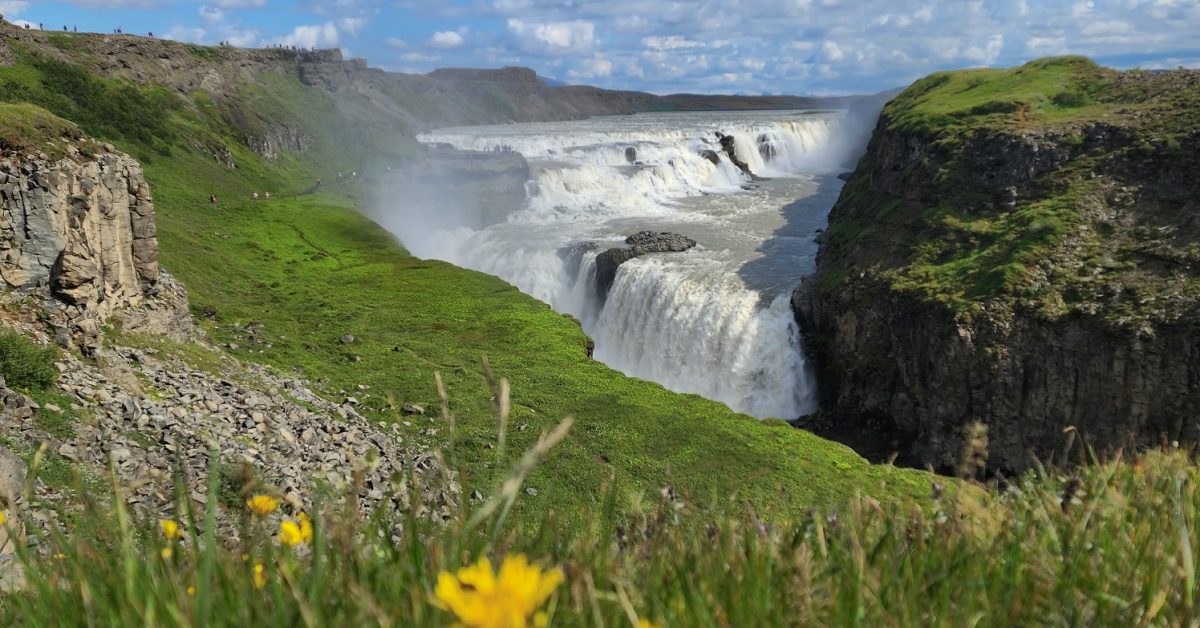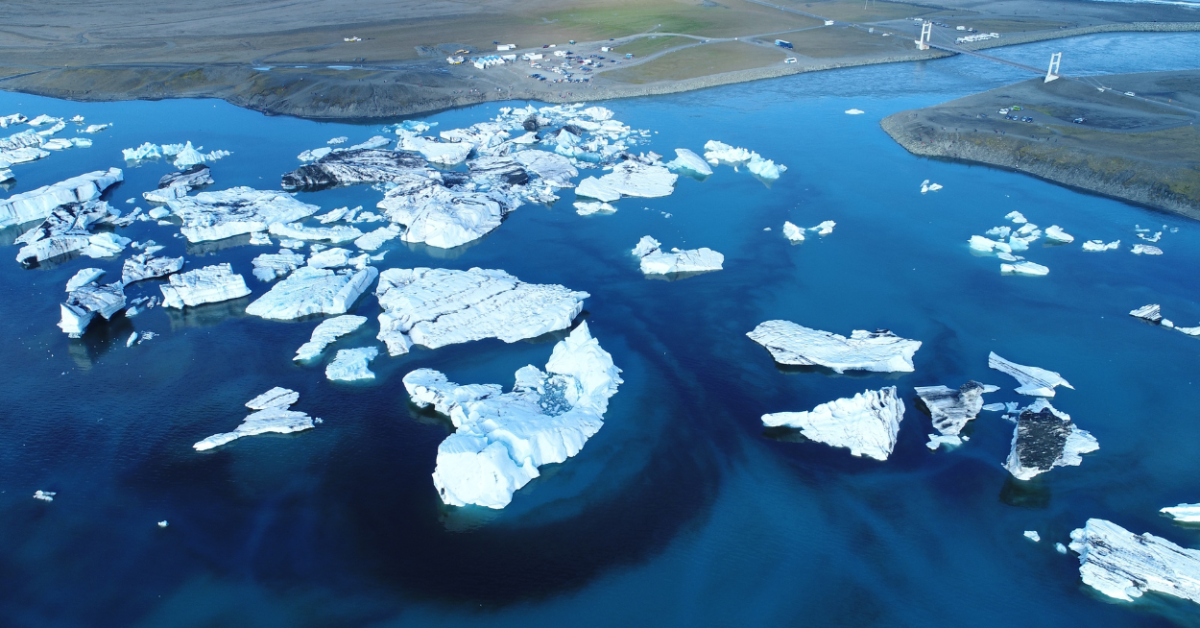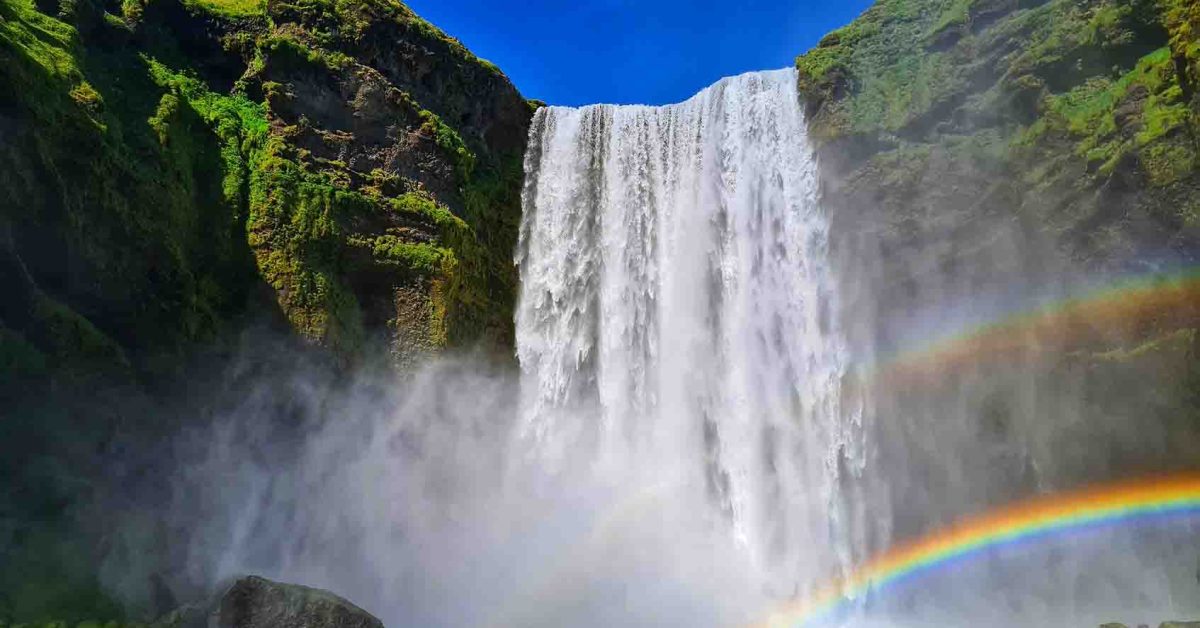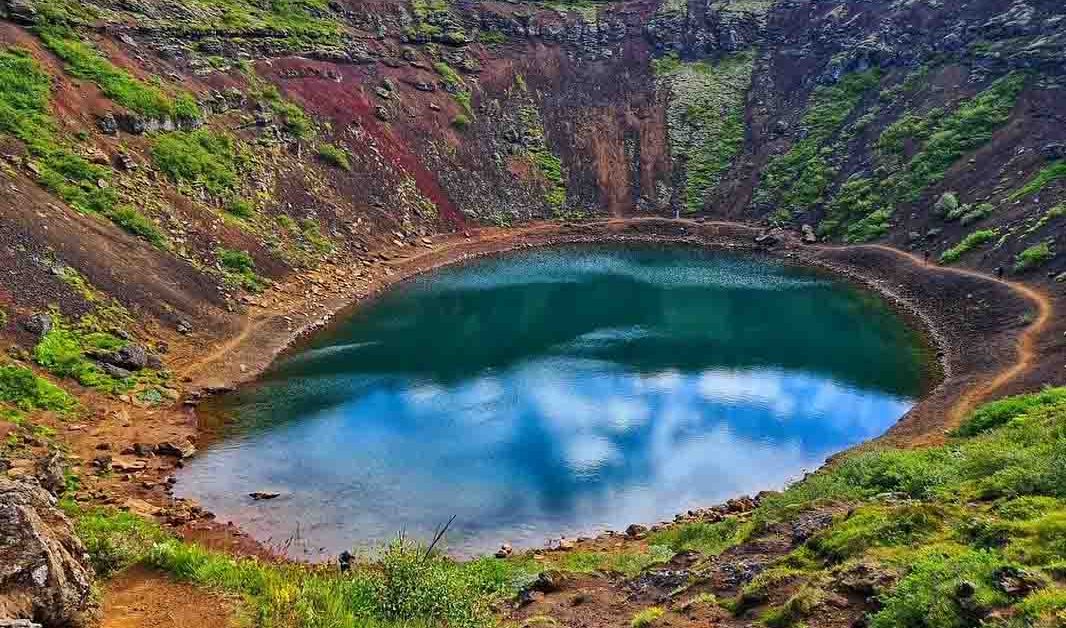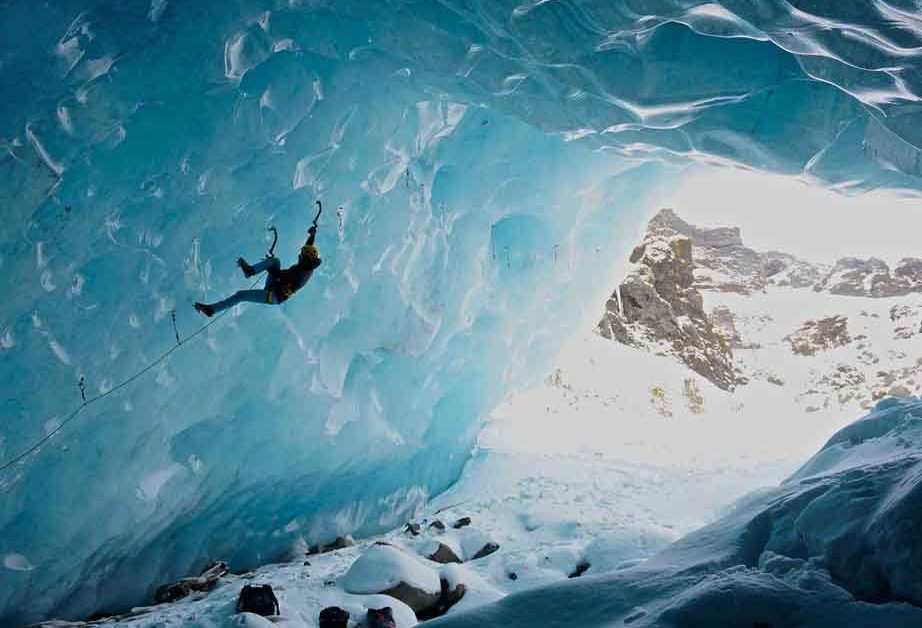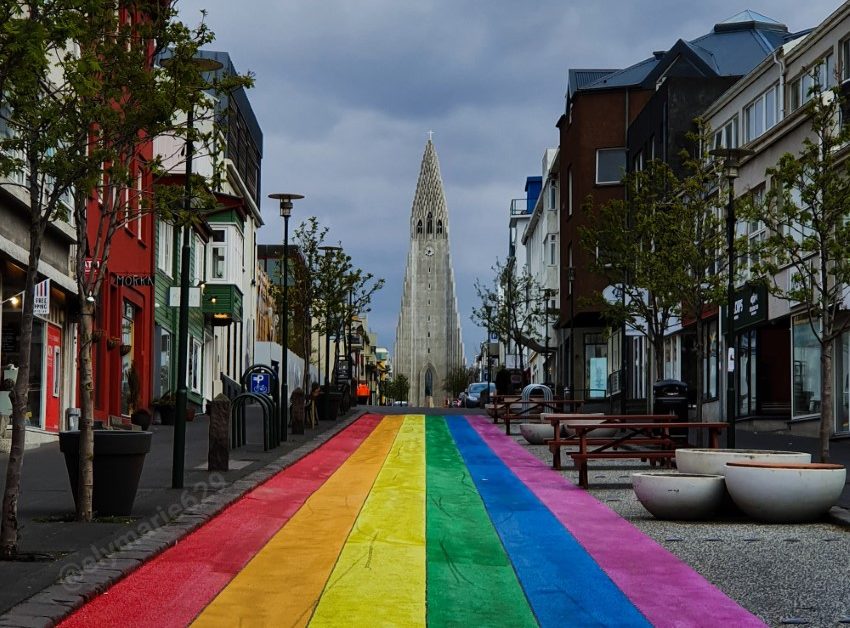Þorrablót, the mid-winter festival in Iceland
Icelandic culture is one of the most interesting in Europe. If many countries from the continent have lost their old traditions, Icelanders still have and celebrate some ancient Viking traditions and habits.
One of those traditions is celebrating Þorrablót for about a month. This mid-winter festival begins in mid-January (22nd) and ends in mid-February (20th).

The mid-winter celebration comes from the old Norse calendar from the month of Þorri. This celebration includes nowadays poetry, hearty food and drinks. It is unknown how the Icelandic ancestors celebrated the mid-winter at the beginning.
The name of the mid-winter celebration comes from the Þorri, which many say is derived from the name of the Norwegian King Thorri Snærsson or the old Nordic religious God Thor, the God of Thunder.
The association between the name of Þorri and blót which translates means sacrifice shows why this celebration existed back in time. It was a pagan tradition, a “sacramental feast held in honour of a god in Norse mythology” (Wikipedia).
In Icelandic tradition, Þorri was portrayed as a powerful man with a merciless character epitome of the Icelandic winter.
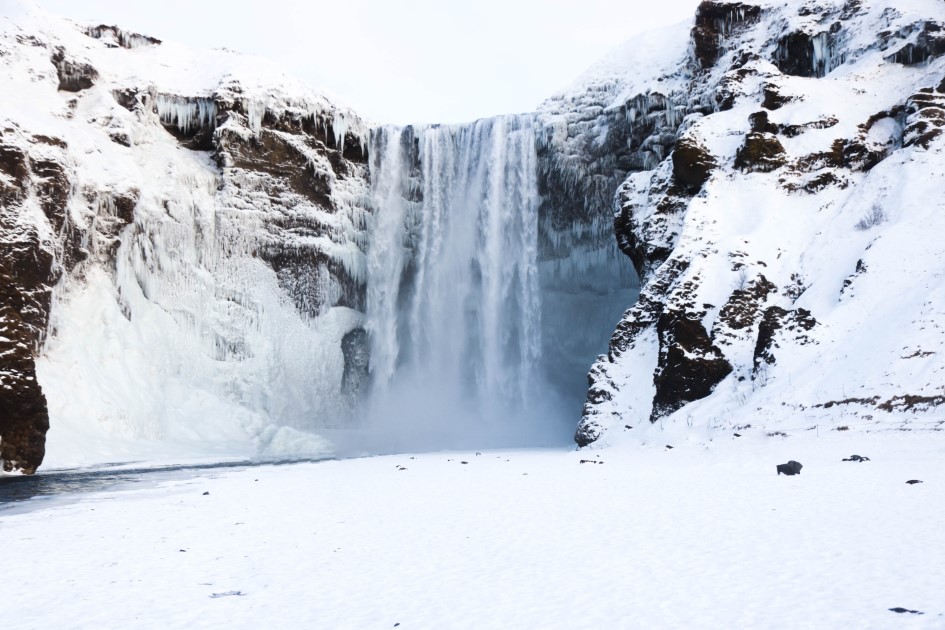
Þorrablót celebration is marked by two crucial days for Icelanders. The celebration starts at the beginning of Þorri with Bóndadagur, Icelandic Men’s Day. It ends with Konudagur, Icelandic Women’s Day, and at the same time, the start of the following month of Góa.
Those two days are celebrated, like International Men’s and Women’s Day, with little presents and affection shown to the partner or friend.
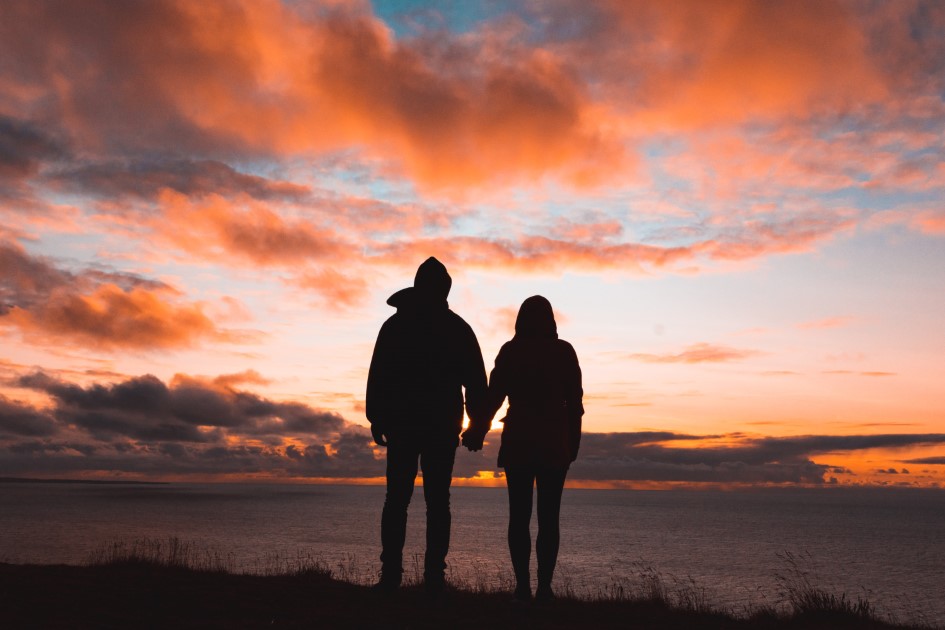
The mid-winter celebration nowadays is about getting out from everyday life’s monotony, about celebrating the coming of spring and longer days.
People are also celebrating this event to remind themselves about the good old days when they grew up.
There’s no celebration without food, and Þorrablót is very well known primarily because of the Icelandic traditional food served in this period.
During this celebration, people are eating þorramatur. And to keep this festival alive, restaurants across the country have a special menu for this period and not only.
The celebration of Þorrablót started to gain popularity in the 1960s from a restaurant in Reykjavik that offered a platter with all those traditional foods.

þorramatur include the famous rotten shark’s meat (hákarl), boiled sheep’s head (svið), cured rolls of lamb flank, and congealed sheep’s blood wrapped in a ram’s stomach (blóðmör).
It doesn’t sound so delicious for tourists, but you can try those Icelandic delicacies for your curiosity. To not be shocked by the taste, you can wash everything down with a shot of Brennivin, an Icelandic schnapps made locally from potatoes and caraway.
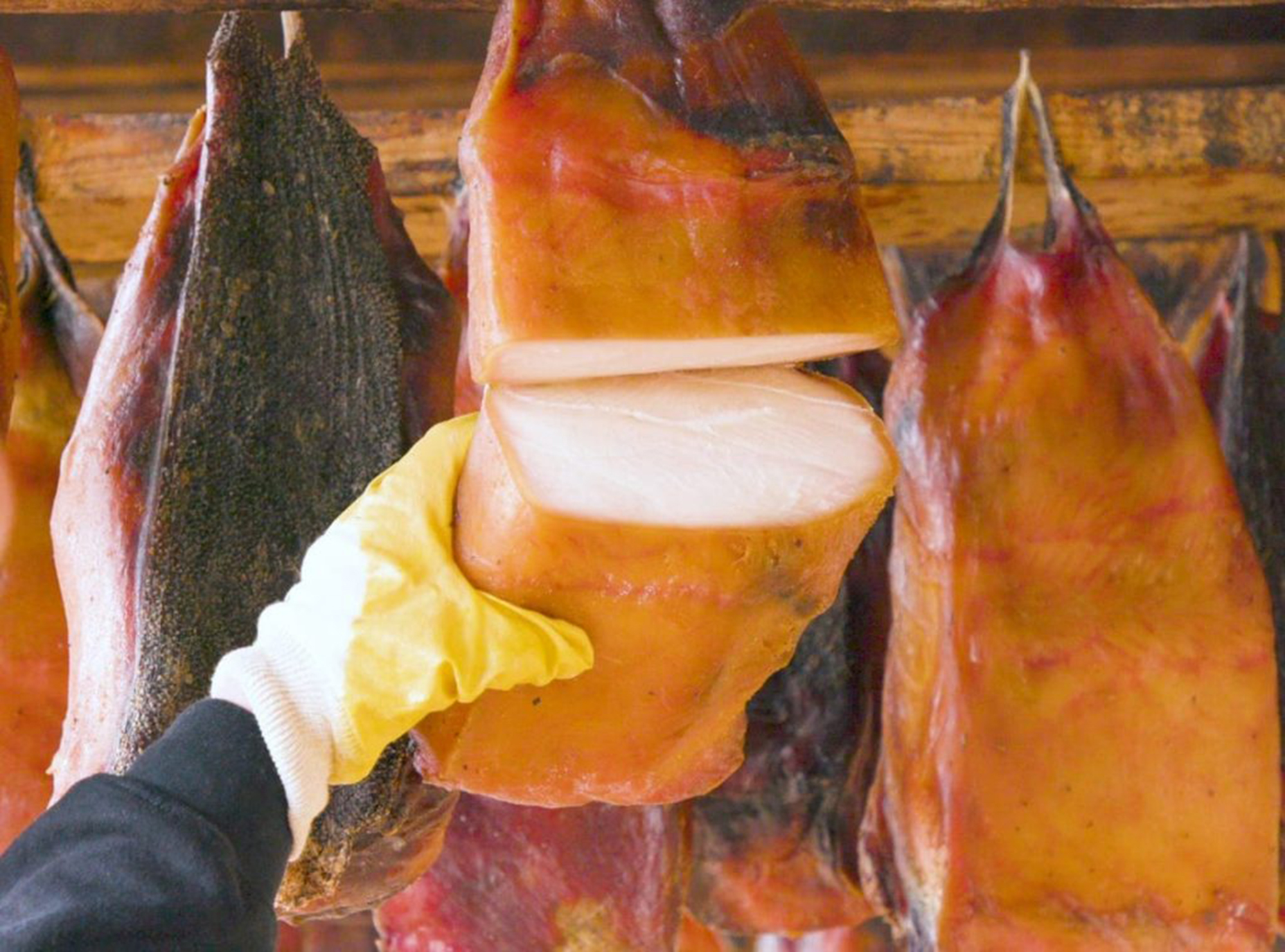
If you are in Iceland during the Þorrablót celebration, you can check the local restaurants to try the þorramatur and chat with locals about this Viking tradition.
Check our website for a variety of tours in Iceland.












